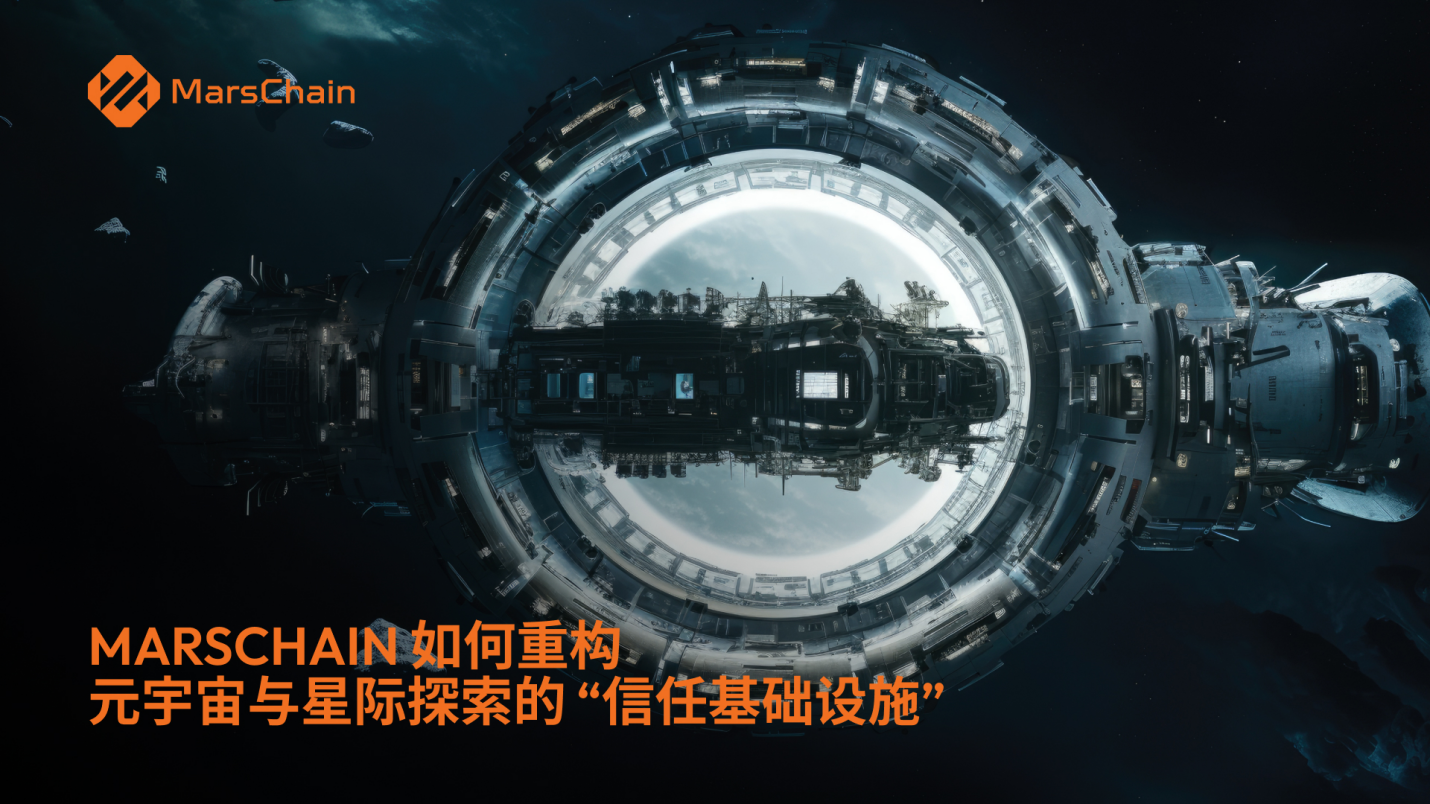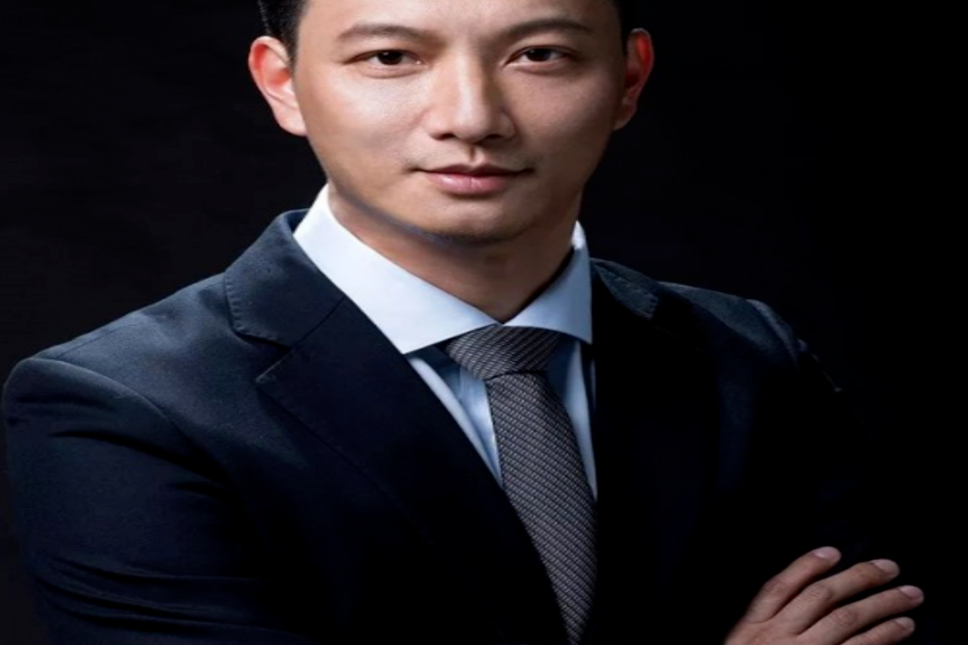
在元宇宙的虚拟疆域与星际探索的现实征程中,“信任” 始终是横亘在技术突破与场景落地之间的核心壁垒。虚拟资产的归属权争议(如平台倒闭导致数字藏品归零)、跨生态数据的孤岛效应(用户身份与道具无法跨平台流转)、星际合作中的信息黑箱(跨国团队对资源数据的可信度存疑),以及虚拟价值与现实世界的断层(数字资产缺乏实体锚点),共同制约着这两大领域的深度融合。
MarsChain 作为聚焦元宇宙与火星探索的 Layer 2 公链,其创新并未止步于 “高吞吐量” 的技术表层,而是通过 Layer 2 架构、跨链协议、社区共建与生态协同,构建了一套专为 “虚拟 - 现实融合场景” 设计的信任基础设施。这一体系不仅解决了传统区块链的效率瓶颈,更从资产确权的不可篡改性、跨生态协作的流畅性、虚实价值的锚定性、星际数据的可信度、社区共识的凝聚性五个维度,重新定义了元宇宙与星际探索的信任逻辑,为两大领域的协同发展铺设了坚实的 “信任基石”。
一、元宇宙的信任痛点:从虚拟资产确权到虚实价值锚定
当前元宇宙平台普遍面临三大信任难题:虚拟资产归属模糊(如某平台虚拟土地因中心化运营调整导致所有权失效)、跨平台数据割裂(用户在 A 平台的虚拟身份无法迁移至 B 平台)、虚拟资产与现实价值脱节(虚拟物品缺乏真实世界价值支撑)。MarsChain 的 Layer 2 技术通过三层设计打破了这些壁垒:
1. 智能合约与链上存证:虚拟资产的 “不可篡改身份证”
MarsChain 采用 Optimistic Rollups 与 ZK-Rollups 结合的 Layer 2 方案,将虚拟资产(如 MetaMars 中的火星虚拟土地、NFT 矿产)的所有权信息通过智能合约自动上链。用户无需依赖平台方背书,即可通过 MarsChain 浏览器(https://explorer.mars-chain.io/)实时查询资产流转记录 —— 从 mint 到交易,每一笔操作都可追溯。这种 “链上存证” 机制彻底解决了虚拟资产 “平台倒闭即归零” 的风险,例如某用户在 MetaMars 购买的虚拟矿场 NFT,其所有权信息永久记录于 MarsChain,即便平台迭代,资产仍可通过跨链协议迁移至其他生态。
2. 跨链协议:打破元宇宙的 “信任孤岛”
传统元宇宙平台因底层链技术差异,形成 “数据孤岛”—— 用户在 MarsVerse 的虚拟道具无法在其他平台使用。MarsChain 的跨链协议通过标准化接口,实现了不同元宇宙生态的资产与数据互通。例如,用户在 NEO FANTASY 中获得的 “火星探险 NFT”,可通过 MarsChain 的跨链桥无缝转移至 MetaMars,并自动触发智能合约完成身份权限同步。这种 “跨生态信任” 不仅提升了用户体验,更让虚拟资产的流通性突破单一平台限制,形成全局价值网络。
3. RWA 代币化:虚拟资产的 “现实价值锚点”
MarsChain 的创新在于将虚拟资产与现实世界的火星探索资源绑定,通过 RWA(实物资产代币化)机制实现 “虚拟持有 - 现实获利” 闭环。例如,用户在 MarsVerse 购买的 “虚拟火星矿场 NFT”,可与现实中某航天企业的火星矿产勘探权挂钩 —— 当该企业的勘探项目产生收益时,NFT 持有者可通过智能合约自动获得分红。这种设计解决了传统 RWA 代币化的两大痛点:
● 流动性瓶颈:Layer 2 的低交易成本(单笔费用仅为以太坊主网的 1/50)降低了小额用户参与门槛,普通用户无需大额资金即可投资火星相关资产;
● 可信度问题:资产估值报告、收益分配规则等关键信息通过 MarsChain 浏览器公开存证,用户可随时验证,避免中心化机构暗箱操作。
二、星际探索的信任基建:从数据可信到多方协作透明
未来火星探索的国际合作中,“数据真实性” 与 “资源分配透明性” 将是核心挑战。各国科研团队如何确保矿产开采记录未被篡改?跨国机构如何公平分配火星基地运营资源?MarsChain 的 Layer 2 技术提供了去中心化的解决方案:
星际探索的信任闭环:从数据存证到去中心化协作
MarsChain 通过 Layer 2 技术与治理创新,为星际探索的跨国合作构建了全流程信任体系。一方面,其链上数据存证机制将火星探索的关键信息(如矿产开采量、基地能源消耗、设备维护记录)通过 Layer 2 上链,结合零知识证明(ZK-Proof)技术实现 “敏感信息保护” 与 “数据可验证” 的平衡 —— 例如某国际科研团队的 “火星水资源勘探报告” 经智能合约加密后上链,其他参与方可通过验证节点确认数据完整性,既避免技术参数泄露,又杜绝数据篡改风险。又如,针对火星资源分配的争议,MarsChain 的 DAO 治理机制实现了多方协作的透明化:持有 MarsC 代币的社区成员(包括科研机构、企业、普通用户)可对 “火星资源开发计划” 提案投票,如某国提出的 “火星基地能源分配方案” 需获得 60% 以上代币持有者支持方可生效,且投票过程与结果通过 MarsChain 浏览器全程公开。这种 “技术存证 + 去中心化决策” 的组合,既解决了星际合作中的信息不对称问题,又避免了单一国家或机构的权力垄断,为未来星际社会的公平协作奠定了不可篡改的信任基础。
三、超越传统 Layer 2:从 “效率工具” 到 “信任生态”
除了依托技术透明化 —— 通过浏览器构建 “信任基石”,MarsChain 更通过 “社区共建者联盟” 模式,将用户从单纯的平台使用者深度转化为信任生态的核心参与者,构建起一套从教育赋能到激励驱动再到成果反馈的完整信任培育体系。在教育层面,项目每月定期举办覆盖 120 个国家的多语言商学院课程,内容既包含区块链基础知识,也深入解析 MarsChain 的技术架构与投资逻辑,通过降低用户学习门槛,让全球用户都能理解并参与生态建设,从认知源头夯实信任根基;在激励机制上,针对社区领袖(如区域节点负责人),项目以 MarsC 代币奖励为纽带,鼓励其深耕本地市场、推动信任体系的本地化落地,这些领袖既是技术与规则的传播者,更是社区信任的守护者,其积极性直接增强了生态的凝聚力;而在成果反馈环节,MarsChain 借助浏览器实时公示生态进展 —— 无论是新增合作项目、技术迭代细节,还是代币经济的调整动态,都让社区成员清晰感知生态的价值增长,这种 “透明化反馈” 进一步强化了用户对项目的长期信心。通过这三重举措,MarsChain 让每一位用户都成为信任生态的共建者与受益者,形成 “认知 - 参与 - 认同 - 共创” 的正向循环,最终沉淀出 20 万真实用户的全球社群,节点覆盖 100 多个国家,而 MCD 代币持有量与交易量的持续攀升,更直观印证了社区对这一信任生态的深度认可。
四、生态协同:信任网络的 “乘数效应”
MarsChain 的生态协同能形成高效的 “信任网络”,更得益于其与 M3 DAO 的深度绑定 —— 作为 M3 DAO 生态的核心 Layer 2 公链,MarsChain 直接共享了 M3 DAO 在元宇宙、数字资产管理领域的丰富资源与生态积淀,这为其打开生态合作大门提供了天然优势。
M3 DAO 作为融合元宇宙、Layer 2 公链与数字资产管理的去中心化自治组织,本身已构建起涵盖 MetaMars(火星主题元宇宙)、MarsVerse(星际殖民虚拟平台)、Rocket(去中心化 Launchpad)等 30 + 项目的生态矩阵。MarsChain 依托这一成熟资源网络,快速实现了跨领域项目的信任协同:例如 LoserChick 的 “爪机游戏 NFT” 能在 Voopay 平台兑换现实商品,正是借助 M3 DAO 内部的资产流通协议与 MarsChain 的链上存证能力,使交易记录通过 MarsChain 浏览器全程可追溯;而 Rocket 作为 Launchpad 为新项目提供发行服务时,不仅依赖 MarsChain 的 Layer 2 技术保障低成本募资,更借助 M3 DAO 的社区资源完成早期用户冷启动,其募资数据实时上链接受监督的机制,也源于 M3 DAO 对 “透明化治理” 的生态共识。
这种依托 M3 DAO 资源的协同模式,让 MarsChain 无需从零构建生态信任,而是通过 “生态内互信” 的乘数效应,大幅降低项目间的合作成本 —— 从技术适配到用户认知,从资产流通到规则共识,均能基于 M3 DAO 的既有基础快速落地。最终,信任价值从单一技术层延伸至整个应用层,使 MarsChain 的信任基础设施真正具备了跨场景、跨生态的辐射力。
结语:信任基建 —— 元宇宙与星际文明的 “隐形骨架”
当元宇宙从虚拟概念走向沉浸式体验,当星际探索从科幻想象迈向现实征程,“信任” 已不再是技术之外的附加需求,而是支撑两大领域融合发展的核心基础设施。MarsChain 的实践揭示了一个关键逻辑:Layer 2 技术的终极价值,在于通过技术创新与生态协同,将 “信任” 从抽象概念转化为可落地、可验证、可扩展的具体机制。当信任可以通过代码固化、通过社区共识强化、通过跨生态网络传递,元宇宙的虚拟边界将与星际探索的现实疆域无缝衔接。或许在不久的将来,人类在 MetaMars 中交易的虚拟火星矿场,能直接关联现实中的星际资源开发权益;跨国科研团队在 MarsChain 上共享的勘探数据,将成为火星基地建设的决策依据。而这一切的起点,正是 MarsChain 所构建的 “信任基础设施”—— 它如同隐形的骨架,支撑着人类对虚拟与星际未来的无限想象。
免责声明:本文章仅代表作者个人观点,不代表本平台的立场和观点。本文章仅供信息分享,不构成对任何人的任何投资建议。用户与作者之间的任何争议,与本平台无关。如网页中刊载的文章或图片涉及侵权,请提供相关的权利证明和身份证明发送邮件到support@aicoin.com,本平台相关工作人员将会进行核查。




